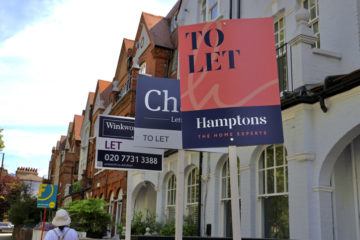‘Absurd’ benefit freeze must end, says National Residential Landlord Association
The NRLA is calling on the Government to unfreeze the Local Housing Allowance to cover average rent.
Official data suggests that 56% of private renters relying on Universal Credit have an average gap of £100 a month between the amount they receive in housing cost support and rent payments, reports the National Residential Landlords Association (NRLA).
Almost 60% of renters with two children relying on Universal Credit to help pay their rent have a shortfall between their rent and the benefits they receive.
Regionally, the proportion of tenants affected ranged from just over 40% in London (although based on a much higher number of claimants) to over 68% in Wales.
The Local Housing Allowance is used to calculate the amount tenants can receive to support housing costs as part of a Universal Credit payment. In response to the pandemic the Government lifted it in April 2020 so that it covered the bottom 30% of private rents in any given area. In April last year the rate was frozen in cash terms.
As a result of the freeze, housing benefit support is no longer linked to current rents. It means the number of properties that private renters in receipt of Universal Credit can afford will steadily decline.
Office for National Statistics (ONS) data says that 53% of adults who rent their home reported that they could not afford an unexpected expense. This is happening despite private rents across the UK having increased by far less than inflation.
Ben Beadle, Chief Executive of the NRLA, comments: “It is simply absurd that housing benefit support fails to reflect the reality of rents as they currently stand. All the freeze is doing is exacerbating the already serious cost of living crisis.
“The Chancellor needs to listen and respond to the concerns of both renters and landlords and unfreeze housing benefits as a matter of urgency.”





